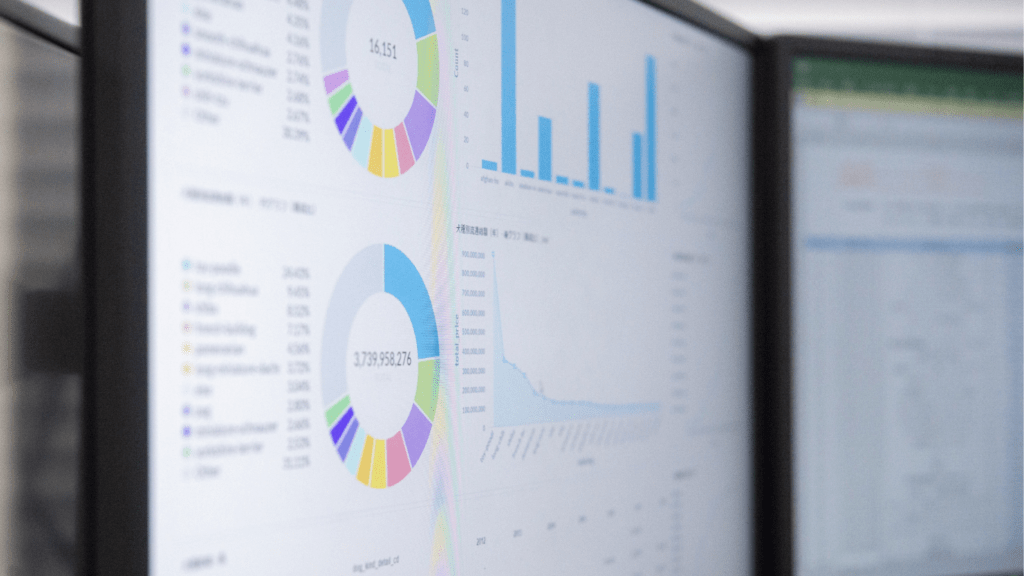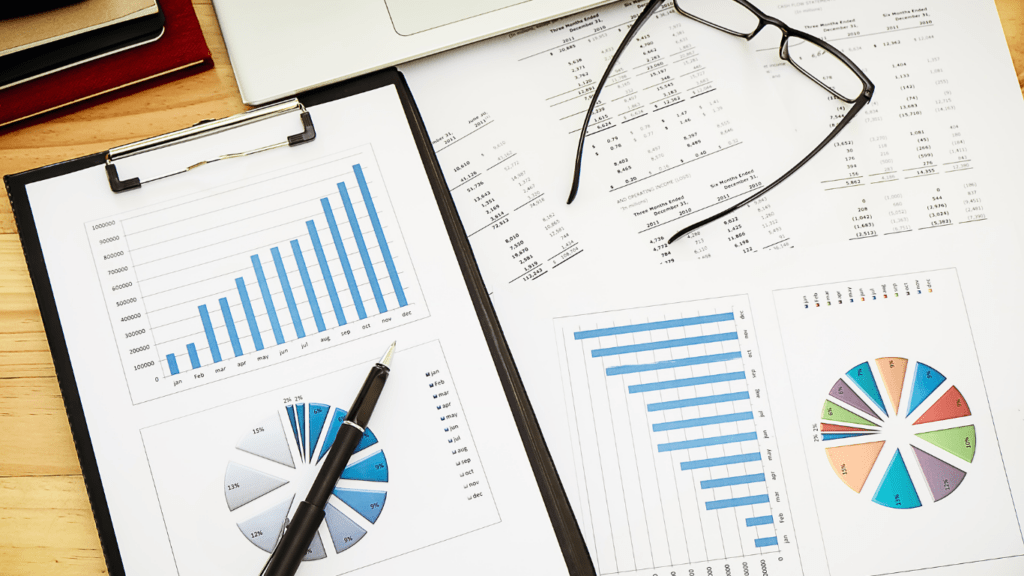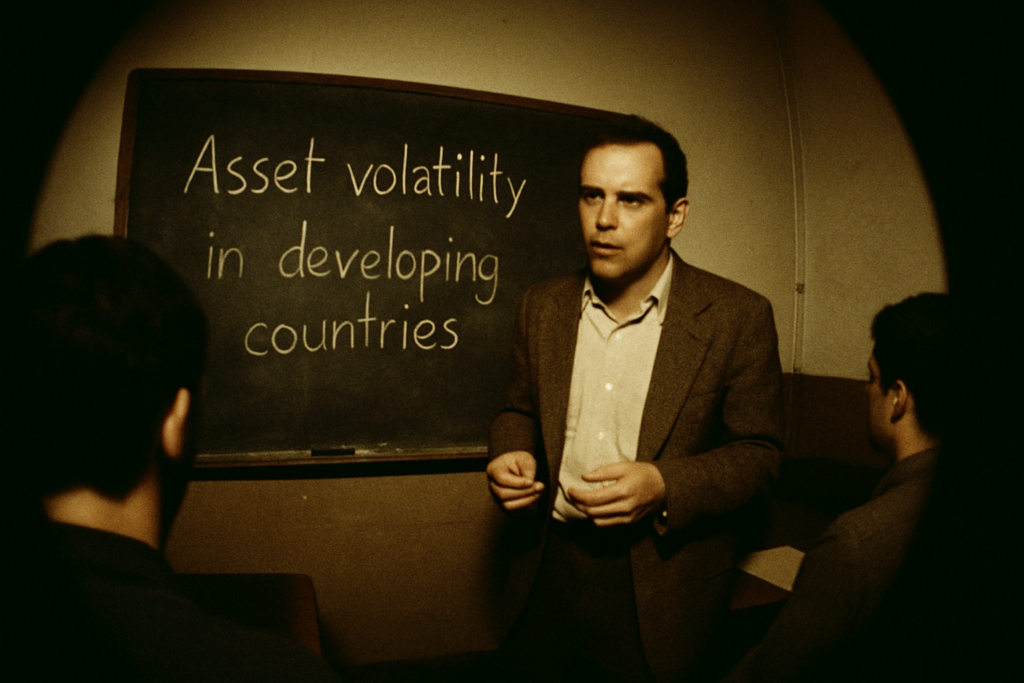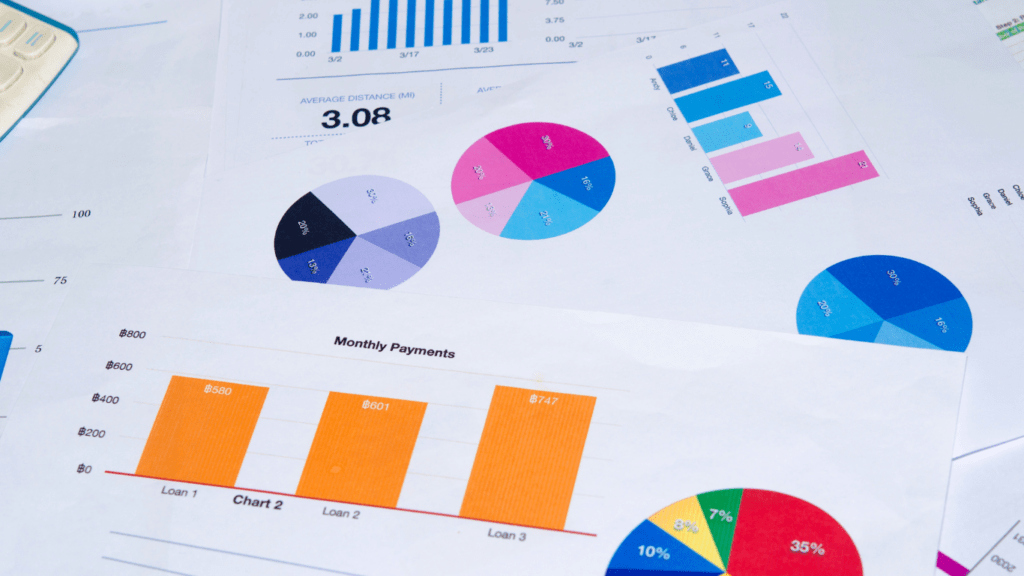Understanding Economic Cycles
Economic cycles consist of progressive stages that influence investment landscapes significantly. Recognizing these phases allows investors to make informed decisions.
Phases of Economic Cycles
Economic cycles are generally divided into four phases:
- expansion
- peak
- recession
- trough
During expansion, economic activity grows, marked by rising GDP, lower unemployment, and increased consumer spending. At the peak, the economy reaches its highest output level before growth slows. Recession follows as GDP contracts and unemployment rises, creating uncertainty. Finally, the trough signals the end of contraction and the beginning of recovery. Each phase affects asset values differently by altering factors such as interest rates, inflation, and market sentiment.
Historical Context and Trends
Examining historical cycles reveals patterns that guide investment strategies. For instance, the mid-2000s expansion saw high stock market gains, but the 2008 recession quickly reversed fortunes. Over time, these cycles tend to follow trends dictated by technological advancements, policy changes, and geopolitical events. Analyzing past patterns helps investors anticipate potential outcomes and adjust their portfolios to mitigate risk and maximize reward. By understanding historical precedents, I can better predict future economic dynamics and tailor my investment approach accordingly.
Investment Risk and Economic Cycles
Investment risk varies significantly across economic cycles. Understanding these variations helps me strategically adjust my investment approach to align with the changing risk landscape.
Types of Investment Risks
Investment risks fall into various categories, each impacting portfolios differently during economic phases:
- Market Risk: Fluctuations in market prices, such as stock and bond value changes, often increase during economic downturns. For instance, in the 2008 recession, market volatility resulted in significant asset depreciation.
- Credit Risk: The likelihood of borrowers defaulting rises in recessions, affecting fixed-income investments like bonds. The 2008 financial crisis, heavily connected to mortgage defaults, exemplifies this risk type.
- Interest Rate Risk: Changes in interest rates directly influence investment performance. During expansion phases, central banks may raise rates to curb inflation, impacting bond prices negatively.
- Inflation Risk: As inflation reduces purchasing power, real returns on investments may decrease. In peak phases, rapidly increasing prices can elevate this risk.
How Economic Cycles Influence Risk

Economic cycles dictate the severity and likelihood of investment risks. In expansion phases, market risk might decrease due to rising investor confidence and asset growth. However, as peaks approach, bubbles can form, potentially heightening market risk if adjustments aren’t made ahead of downturns.
In recession periods, increased credit risk often strains financial systems. Borrowers face difficulties, and companies may default on debts. Recognizing these patterns early allows me to diversify investments, mitigating potential losses.
Interest rate fluctuations are more pronounced during economic transitions. For example, central banks might lower rates in recessions to stimulate growth, impacting bond yields. Knowing this, I can balance my portfolio to benefit from rate changes across different cycle stages.
Inflation impacts investment valuations considerably in different cycle phases. During economic recoveries, rising inflation heightens the need for inflation-protected securities. By understanding these influences, I can better manage my portfolio to leverage favorable conditions and minimize adverse effects at each cycle stage.
Assessing Investment Reward during Economic Cycles
Identifying investment rewards in economic cycles demands a keen understanding of each phase’s characteristics and opportunities. Recognizing how these cycles impact various asset classes allows strategic positioning for optimal outcomes.
Growth Opportunities in Different Cycles
Expansion phases provide fertile ground for investment gains. Stock markets typically rise as businesses grow and consumer spending increases. During these times, high-growth sectors like technology and consumer discretionary offer substantial rewards, capitalizing on increased demand and innovation. Conversely, recession phases, although challenging, reveal undervalued assets ripe for long-term investment. Sectors like utilities and healthcare remain stable, presenting less risky reward prospects when the market recovers.
Balancing Risk and Reward
Successfully balancing risk and reward necessitates a dynamic investment strategy. In expansion periods, it’s crucial to enjoy high returns while vigilantly managing the potential of overvaluation. Diversification across various asset classes, including equities, bonds, and commodities, mitigates risks concentrated in a single sector. During contractions, shifting focus to defensive investments and cash reserves can protect portfolios from increased volatility. This balanced approach ensures sustained growth while navigating the cyclical nature of the economy.
Strategies for Navigating Economic Cycles
Navigating economic cycles involves understanding shifts in market dynamics and implementing efficient strategies. Recognizing the cycle phase allows investors to mitigate risks while optimizing returns.
Diversification Techniques
Diversification is a critical technique used to spread risk across various investments. By allocating assets across different classes, such as stocks, bonds, and real estate, an investor can protect against significant losses. For example, stocks might perform well during expansions, while bonds can offer stability during downturns. Geographic diversification, like investing in both domestic and emerging markets, further mitigates risks. Utilizing industry diversification by investing in multiple sectors ensures that portfolio performance isn’t reliant on a single industry.
Timing and Market Signals
Timing investments using market signals helps identify optimal entry and exit points in economic cycles. Economic indicators like GDP growth, unemployment rates, and inflation can signal phase transitions. During expansions, leading indicators, such as increased consumer spending, might suggest growth opportunities. Conversely, rising interest rates or declining business investments could signal a peak or impending contraction. Monitoring these signals helps adjust investment strategies accordingly, capturing rewards while minimizing exposure during unfavorable phases.



